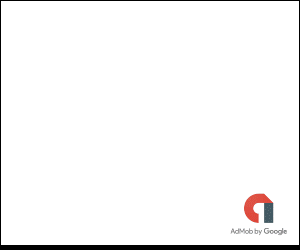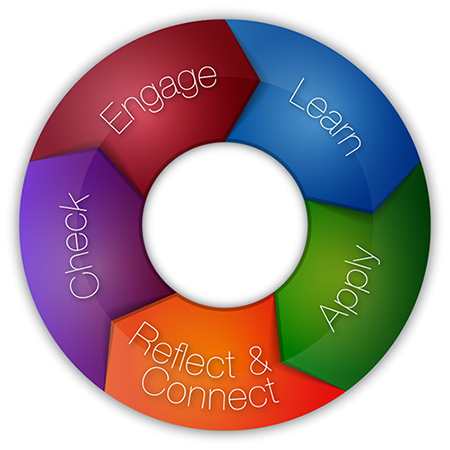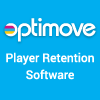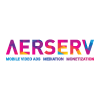Solution Tree is an organization that helps train teachers and school leaders from kindergarten to grade 12. They help educators in four ways: by publishing books and shippable products like DVDs, putting on events and conferences in the U.S. and around the world, contractors that doing consulting work for teachers and school leaders, and digital products that help both with educator coordination and for teaching aspects of education.


One of the more important people on the software side for Solution Tree is Chris Morgan, Vice President of Information Technology. They detailed that one of the major focuses for Solution Tree is professional learning communities (PLCs) and enhancing them with their Global PD software. Describing PLCs as similar to scrum for software development, Chris says it is a methodology for managing school work in a collaborative way.
PLC Helps Teachers Work Together
PLCs are designed to let teachers focus on critical areas together as a team, so it has algebra teachers with other algebra teachers or 3rd grade teachers with other 3rd grade teachers and the like building curriculum together. It helps form a standard that makes for a more universal learning experience within the school.

“They have to agree on what they want the students to learn, and what happens if they do learn what’s required and what happens in they don’t,” says Chris. “It’s very uncommon for teachers to work in teams, so the teacher they get matters a lot in a traditional school. PLCs change that; it’s designed so [teachers] can better collaborate.”
Chris says that the PLCs help teachers better navigate whatever the education standards are for the stat they are in. Many experts say that school would have to go to grade 22 to teach all of the standards, so teachers have to choose what standards they want students to learn before they go onto the next grade. They deconstruct those standards into learning targets, often focusing on more than one at a time, breaking them down into finite chunks that they’re going to test for.
Seeing How Students are Learning with Global PD
Another critical question is making sure that the students are learning. To find this out, teachers use common formative assessments. These assessments are based on learning targets in Global PD that will be administered to students.
“They decide on a point value and the total number of points that is required for that learning target,” describes Chris. “It gets around the hurdle of some teacher believing their tests should be harder than other teacher’s tests. Some teachers take pride than that, but that’s not necessarily fair to the students.”
The idea is to have short cycles with clear goals, the teacher being allowed to teach as they see fit, then monitor how students are doing and assess the data. Global PD performs analytics designed to show how, class by class, students perform on those assessments, so they can see what’s working and what’s not. This is done by what’s called embedded professional development, where teacher learn from colleagues about what works.
“If one teacher talks about how they successfully taught a certain way and everyone’s scores go up, they can also identify what students are below proficient based on their answers, allowing them to determine the right sort of intervention,” said Chris. “If 50 percent of students were below proficient, it might be worth reteaching the whole class, but if there’s fewer it might be worth to break down into groups to address the problems individually.”
Teachers, Students and Administrators Benefit from Global PD
One of the larger goals of PLCs is making the learning experience more equitable, with the core idea that students have the right to the best learning in the school. While students don’t directly interact with Global PD, they still benefit from the end results. For teachers, they see how students might be struggling or succeeding in a more granular way, allowing them to better work together to both teach and help students more.
While primarily designed for teachers, Chris says that administrators benefit from Global PD. “They get the benefit of this methodology it gets everyone on the same page,” they said. “It allows people to be tight tight on the standards and data are enabled by Global PD and administrators can track how compliant teachers are with the standards.”
Making PLCs Work
PLCs are growing in number, and there are plenty of examples of their success. Chris mentioned AllThingsPLC.info as a site with hundreds of examples of how it has helped schools around the country. It’s been so successful at both public and private schools that Georgia and Florida are standardizing using the process.

While the comparison was made between PLCs and scrum, Chris was quick to say this is not designed to make schools more like an office. “This predates making schools like offices,” they noted. “The pattern is that people are finding that when small teams work towards incremental goals with meaningful data, they succeed.”
“The soundbite I’d want people to remember is that [Global PD is] software that facilitates professional learning communities in a way that has proven to work. There’s lots of software out there, not all of it is equal. This one to works and there’s hundreds of schools prove that out,” Chris concluded.
Comments












